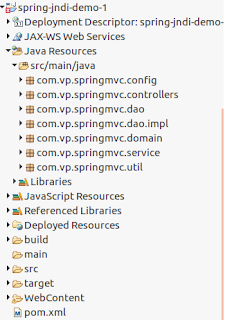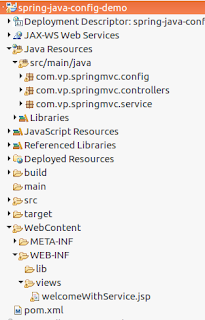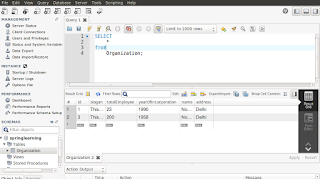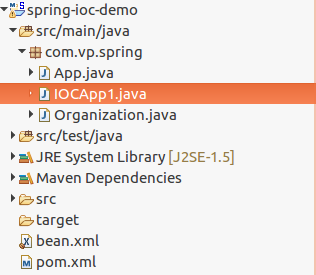Junit is one of the most popular unit testing framework for java developer Junit has been important in Test driven Implementation.
Below are the Annotation which are available in Junit 4
| @Test | Identifies a method as a test method |
| @Before | Executed before each test. It is used to prepare the test environment (e.g read input data , initialize the class) |
| @After | Executed after each test. It is used to cleanup the test environment.It can also save menory by cleaning up expensive memory structures. |
| @BeforeClass | Executed once, before the start of all the tests. Methods marked with this annotation need to be definedas static to work with Junit. |
| @AfterClass | Executed once after all the tests have been finished. Methods annotated with this annotation need to be defined static to work with Junit. |
| @Ignore | Marks that the test should be disabled. |
| @Test(expected =Exception.class) | Fails if the method does throw the named exception. |
| @Test(timeout =10) | Fails if the method takes longer than 100 milliseconds. |
Below is the Program where we are using the JUnit testing Basics
Thanks for reading
Noeik







